How to Make These Popular Store-Bought Cookies at Home
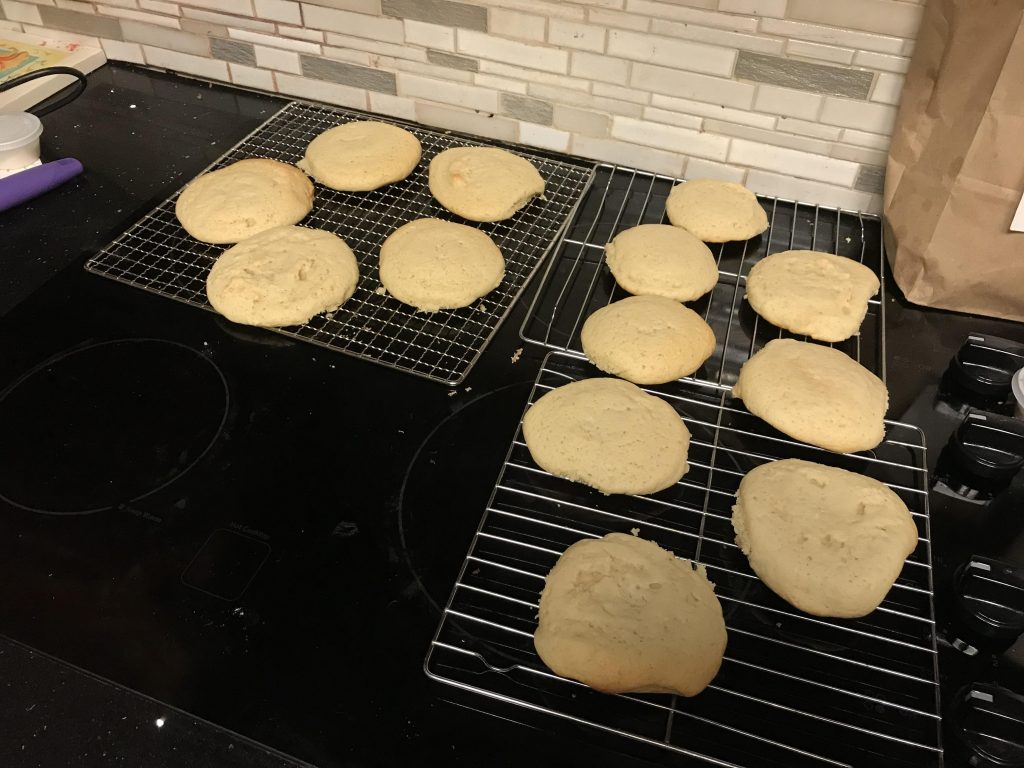
|
Ads we feature have been independently selected and reviewed. If you make a purchase using the links included, we may earn a commission, which helps support the site. Thank you for your support.
Although I love to cook, develop bread recipes, and eat copiously, I’m not real big on “sweets.” My wife, (She-Who-Must-Be-Obeyed), on the other hand, enjoys her special treats. In particular, she likes Lofthouse Sugar Cookies. I do have a thing for dark (unsweetened) chocolate, and that dovetails nicely in my blood pressure control program because it’s good for that.
Normally, I buy them at the local Kroger when I’m out hunting and gathering. For the past few weeks, they haven’t been selling them. Unfortunate, right? So I decided, hey, why not make them myself? I found many copycat recipes on the internet, took the best of the elements, rolled up my sleeves, and went to work. Here’s what I came up with, and I hope you try it as well. Share the good news, I always say.
Lofthouse Cookie Ingredients
- 1 cup sour cream
- 2 sticks (1 cup) butter, softened
- 1 3/4 cup organic pure cane granulated sugar
- 2 teaspoons vanilla extract
- 2 teaspoons almond extract (more than other copycats specify, but yum)
- 1 1/2 teaspoons baking powder
- 1 teaspoon baking soda
- 2 eggs
- 1/2 teaspoon salt (omit if using salted butter)
- 6 cups all-purpose flour (some copycats specify cake flour; your call)
Salute to Baking Experimentation
Preparation Steps
- Preheat oven to 400°.
- Line one or more baking sheets with parchment paper. I used 2 baking sheets for some really big cookies, seen in the photo above, and that only used up 3/4 of the dough.
- Use your mixer in a large mixing bowl to cream together the butter and sour cream until smooth.
- Add in the sugar, eggs, vanilla extract, and almond extract. Mix until just combined.
- In a much bigger mixing bowl, sift together the flour, baking powder, baking soda, and salt (if you are using it). Add the dry ingredients to the wet in three additions, mixing well after each.
- Keeping your hands wet with water, form drop cookies. Roll dough into 2″ balls and place 2″ apart on the prepared cookie sheet/s. Using a flat-bottomed glass dipped in water, press the cookie balls flat.
- Bake in the oven for 5-10 minutes, until the cookies just begin to set up and the bottoms are lightly brown; this is really the critical step. After the first 5 minutes, check every minute. Immediately remove them from the cookie sheet/s and let them cool completely on a cooling rack before applying the frosting of your choice.
I hope you enjoy this copycat Lofthouse sugar cookie recipe as much as She-Who-Must-Be-Obeyed did. Let us know in the comment section and vote in the survey on the right.
More Info and Recipes!
- Homemade Oatmeal Flax Seed Bread Recipe
- Lower High Blood Pressure Naturally
- Taco Beef and Cheese Sopes Recipe
- Oatmeal Coconut Flour Bread Recipe
- Ghirardelli Chocolate Cupcakes Recipe
Looking for more great content? Visit our main page or partner sites:
I offer article and blog-writing services. Interested? Contact me for a quote!
Did you find this article helpful? Millions of readers rely on information on this blog and our main site to stay informed and find meaningful solutions. Please chip in as little as $3 to keep this site free for all.




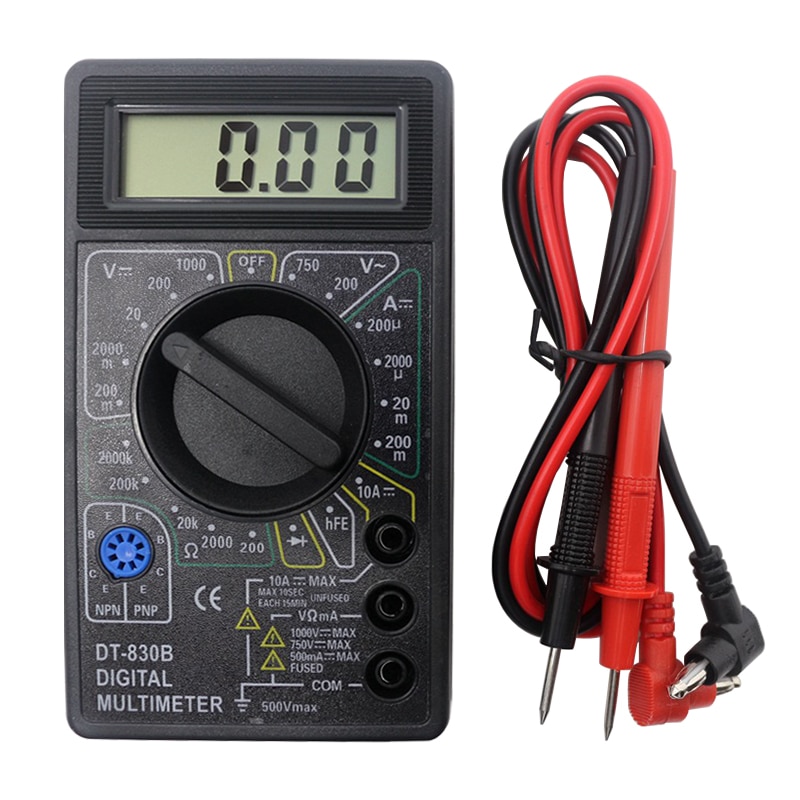
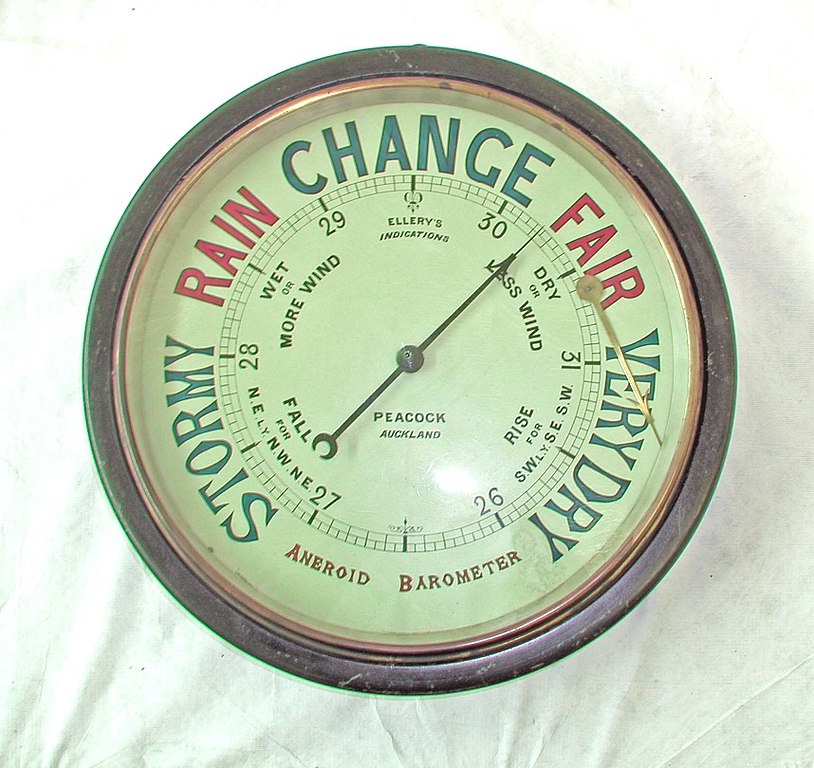

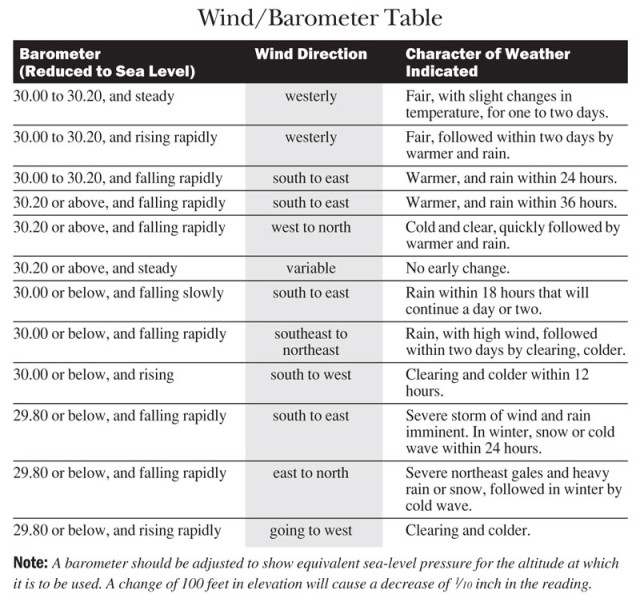



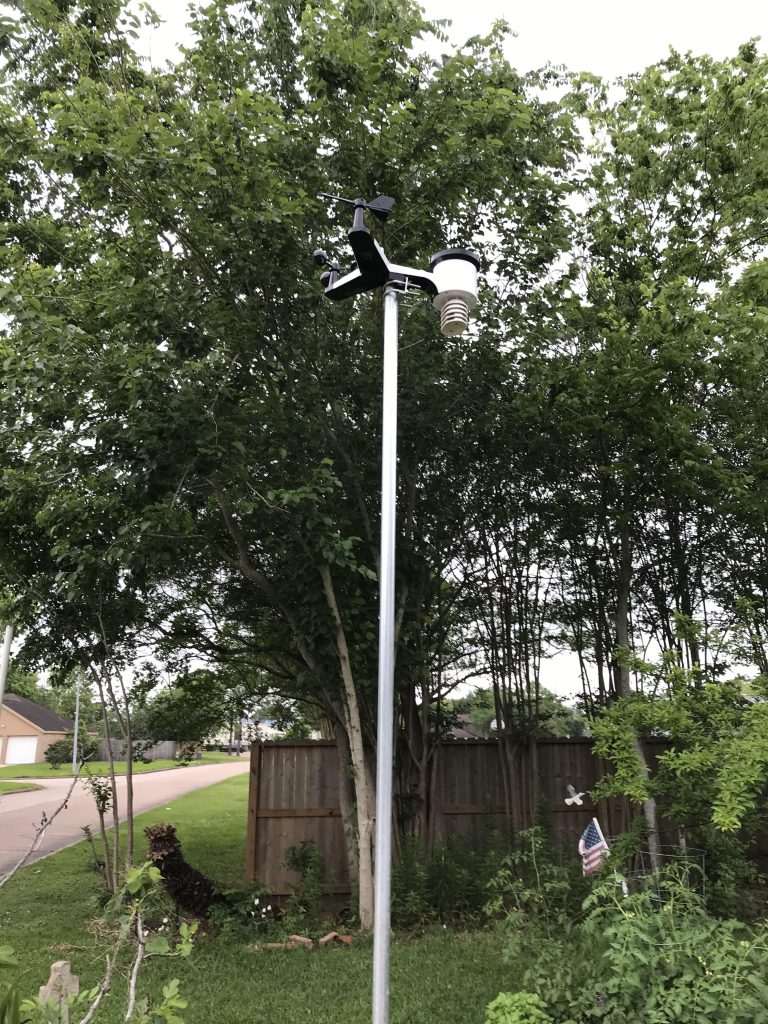
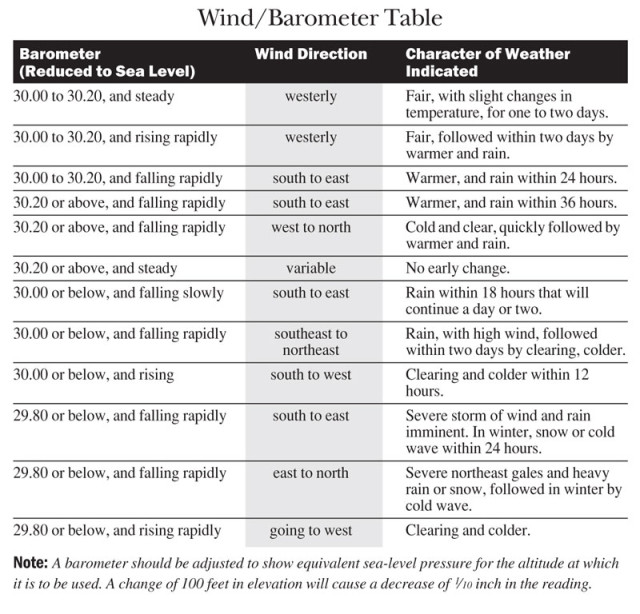







 Kelly R. Smith is an Air Force veteran and was a commercial carpenter for 20 years before returning to night school at the University of Houston where he earned a Bachelor’s Degree in Computer Science. After working at NASA for a few years, he went on to develop software for the transportation, financial, and energy-trading industries. He has been writing, in one capacity or another, since he could hold a pencil. As a freelance writer now, he specializes in producing articles and blog content for a variety of clients. His personal blog is at
Kelly R. Smith is an Air Force veteran and was a commercial carpenter for 20 years before returning to night school at the University of Houston where he earned a Bachelor’s Degree in Computer Science. After working at NASA for a few years, he went on to develop software for the transportation, financial, and energy-trading industries. He has been writing, in one capacity or another, since he could hold a pencil. As a freelance writer now, he specializes in producing articles and blog content for a variety of clients. His personal blog is at 